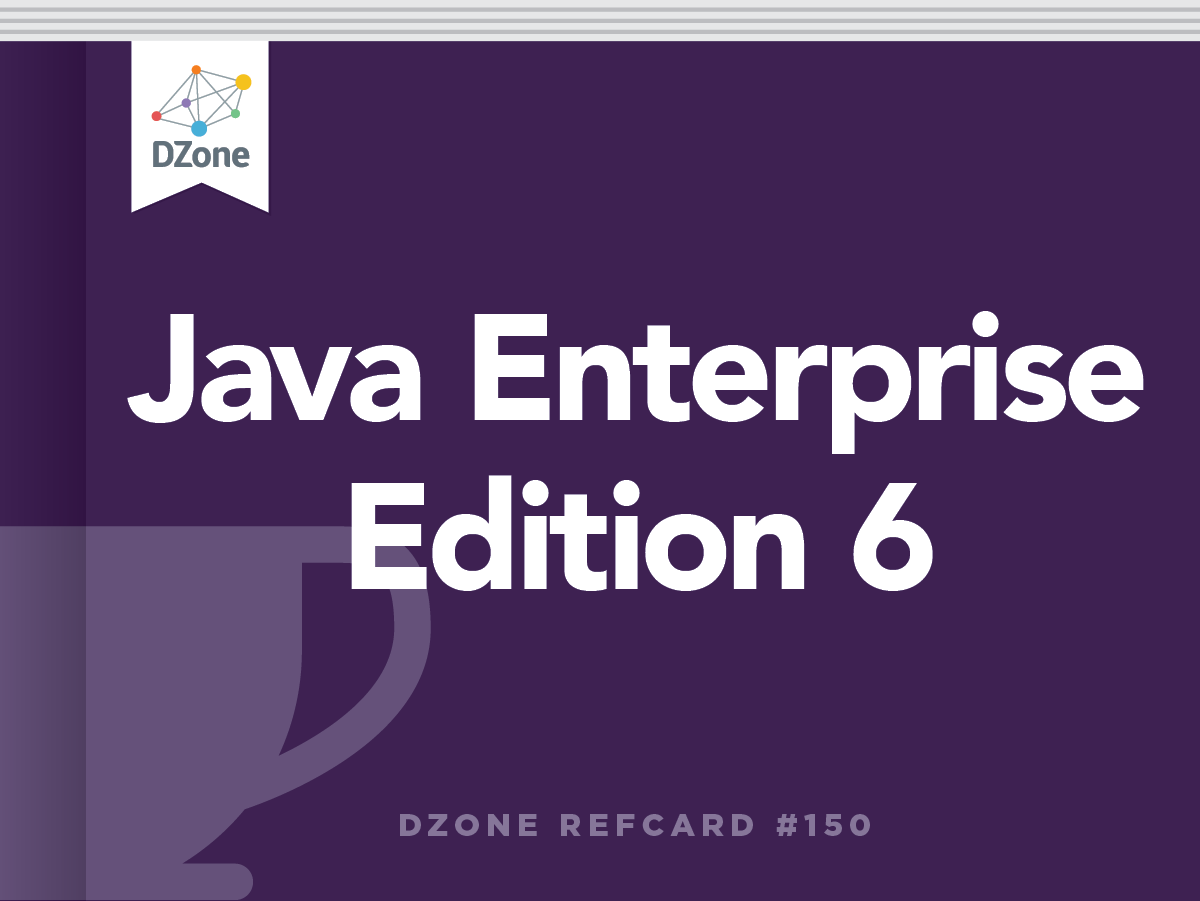About the Platform
Enterprise software development is inherently complex, and multi-user systems open the door to concerns such as transactional integrity, security, persistence integration, and interaction between components. Very simply put, the mission of the Java Enterprise Edition is to enable an out-of-the-box set of configurable services that allows the programmer to write less and focus on delivering clean business logic.
To this end, Java EE 6 is an aggregate of many interoperable technologies designed to deliver a unified experience. Application Servers that are certified to the standards defined by the Java Community Process are intended to service applications written to the specifications within the platform.
For the sake of brevity, this reference card will focus on the key APIs of Java EE 6 that are most relevant to modern development.

